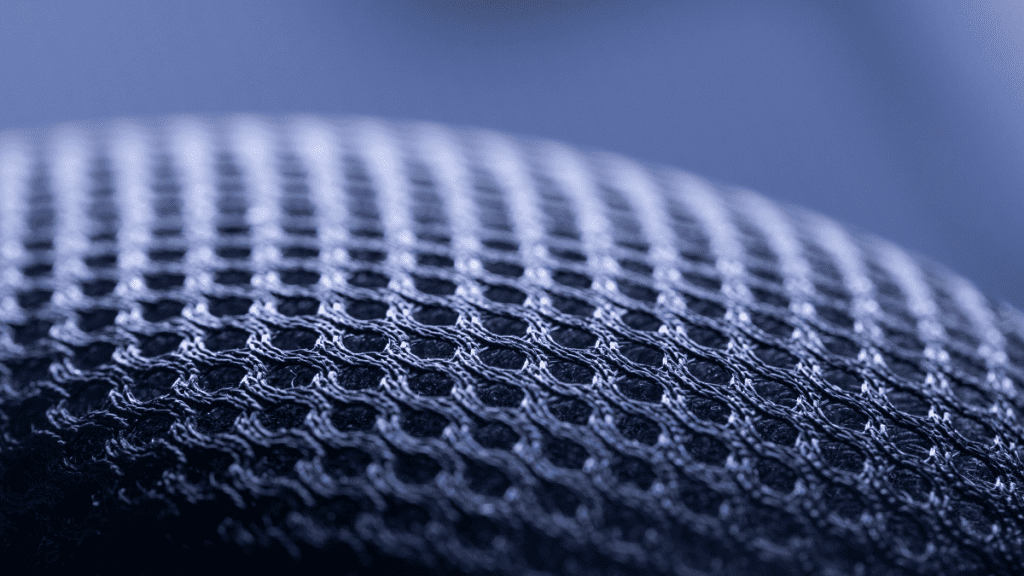
Rice University Engineers have unveiled cutting-edge wearable, smart textiles that leverage haptic feedback to convey vital environmental information directly to the wearer.
- The effort has successfully integrated haptic cues into the textile structure of smart wearables using fluidic control, reducing the need for external hardware.
- In practical experiments, the device effectively guided users through a one-mile route in Houston by providing haptic cues that acted as directions.
Engineers at Rice University in Texas have developed wearable smart textiles that rely on haptic feedback to communicate environmental information with the wearer.
Barclay Jumet, a mechanical engineering Ph.D. student at Rice University, led the development of this device. Jumet explains that, historically, technology has been slow to incorporate haptics or touch-based communication. He goes on to say that “of the technologies that have incorporated haptics, wearable devices often still require bulky external hardware to provide complex cues, limiting their use in day-to-day activities.”
This system, created by the collaborative efforts of Rice University’s labs led by Daniel Preston and Marcia O’Malley, significantly reduces the need for bulky external hardware by seamlessly integrating haptic cues directly into the textile structure of the wearables using fluidic control—technology that uses the flow characteristics of liquid or gas to operate a control system.
The wearable device comprises a belt and textile sleeves equipped with fluidic signals that control the delivery of intricate haptic cues, including sensations like vibration, tapping, and squeezing. A compact carbon dioxide tank, attached to the belt, feeds airtight circuits within the heat-sealable smart textiles. These circuits inflate quarter-sized pouches—up to six on each sleeve—with varying force and frequency, creating tactile feedback for the wearer.
You can find the details of the equipment in the paper published in Device.
In a real-world navigation experiment, these cues acted as directions, guiding a user along a one-mile route through the streets of Houston. In another experiment, a user outlined invisible Tetris pieces in an open field by following the directions conveyed through the haptic smart textiles.
Jumet emphasized the device’s efficiency, stating, “In this case, we had twelve pouches across two sleeves progressively inflate to indicate one of four directions: forward, backward, left or right. So instead of requiring twelve electronic inputs, we embed that complexity into the sleeve and are able to use only four inputs.”
The wearable textile device holds the potential to assist individuals with limited vision or hearing by detecting obstacles and aiding navigation in dynamic environments in real time. For people with hearing impairments, the incorporation of haptic feedback into technologies like cochlear implants could significantly improve speech perception, particularly in noisy settings.
Inside Telecom provides you with an extensive list of content covering all aspects of the Tech industry. Keep an eye on our Medtech section to stay informed and updated with our daily articles.